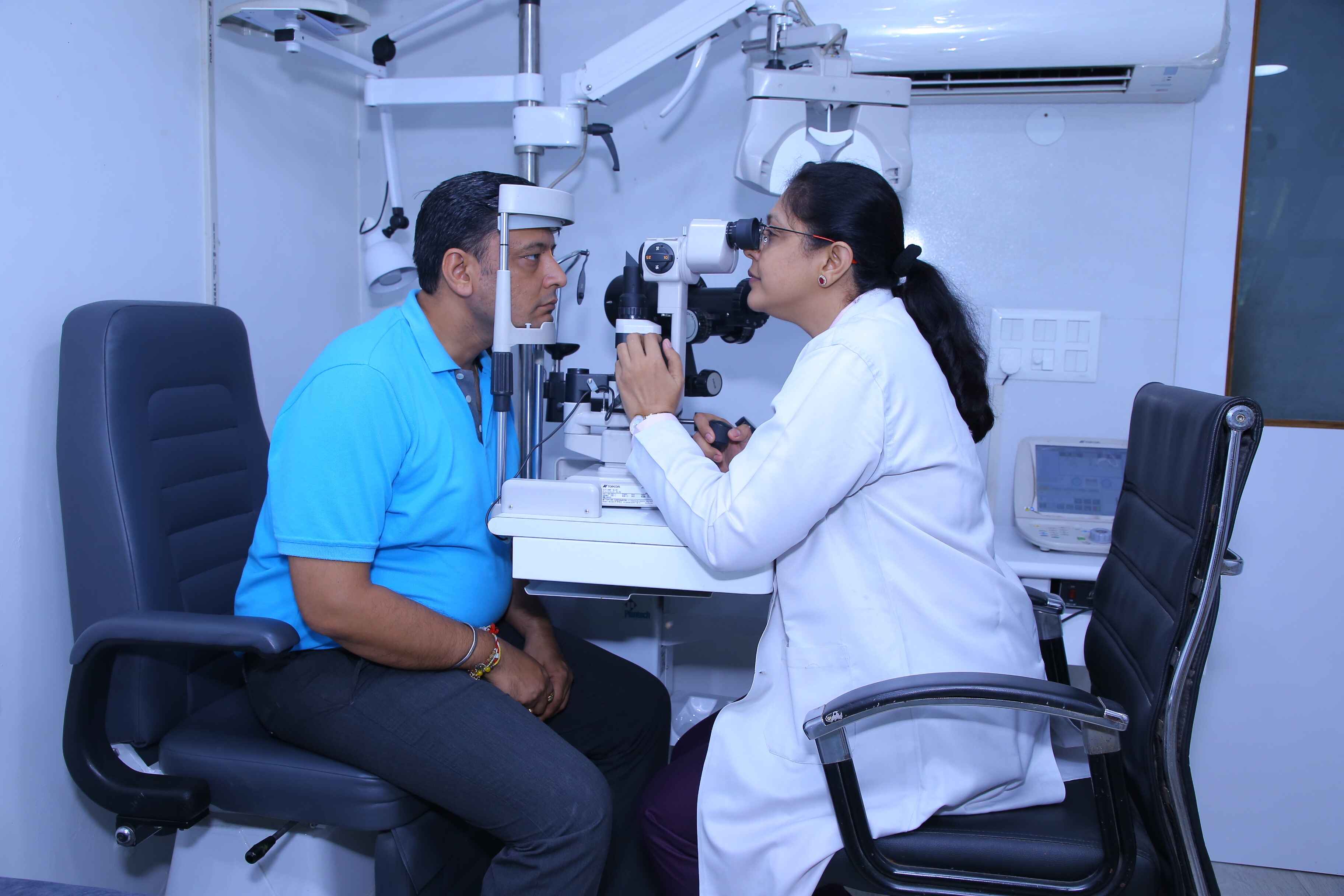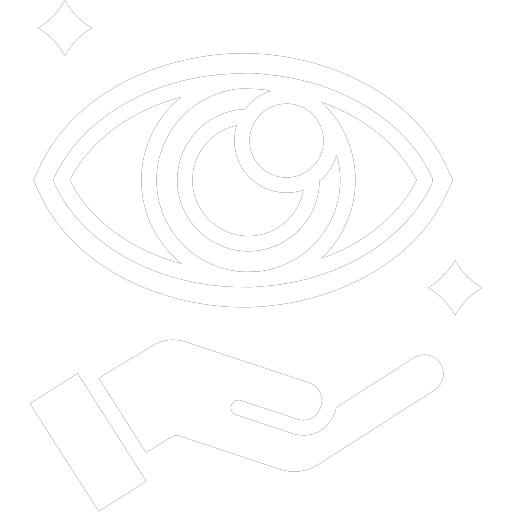
At Dr. Shalini Jain's Samyak Eye Care Clinic, we are dedicated to providing specialized care for keratoconus, a progressive eye condition that can significantly affect vision. Our clinic offers a comprehensive approach to managing keratoconus, focusing on advanced contact lens solutions and cutting-edge treatments tailored to each patient's unique needs.
Understanding Keratoconus :
Keratoconus is a condition where the cornea, the clear front surface of the eye, gradually thins and bulges into a cone shape. This irregular shape leads to distorted vision, which can severely impact daily activities. Common symptoms include blurry vision, increased light sensitivity, and difficulty seeing at night.
Our Approach to Keratoconus Care
Dr. Shalini Jain brings extensive experience and expertise to the management of keratoconus, offering a range of advanced treatment options designed to provide the best possible outcomes.
-
Advanced Diagnostic Techniques We use cutting-edge technology to accurately diagnose and monitor keratoconus. Our detailed assessments include corneal mapping, topography, and tomography to understand the extent of the condition and tailor treatment accordingly.
-
Scleral Contact Lenses For many keratoconus patients, scleral lenses are a game-changer. These large-diameter lenses vault over the cornea, resting on the white part of the eye (sclera). Scleral lenses create a smooth optical surface, offering superior comfort and exceptional vision correction, even for patients with advanced keratoconus. At Samyak Eye Care Clinic, we specialize in fitting Boston Sight Scleral and PROSE (Prosthetic Replacement of the Ocular Surface Ecosystem) lenses, which are known for their effectiveness in managing complex corneal conditions like keratoconus.
-
Rigid Gas Permeable (RGP) Lenses RGP lenses are a popular choice for keratoconus management due to their ability to maintain a consistent shape on the eye, providing clearer vision by compensating for the irregular corneal shape. Dr. Jain expertly fits RGP lenses to ensure maximum comfort and visual acuity, making them an ideal option for many patients.
-
Hybrid Contact Lenses Hybrid lenses combine the best features of RGP lenses and soft lenses. They have a rigid center that provides clear vision and a soft outer skirt that enhances comfort. This makes them an excellent option for patients who require the sharp vision of an RGP lens but seek the comfort of a soft lens.
-
Corneal Cross-Linking (CXL) For patients experiencing progressive keratoconus, corneal cross-linking is a highly effective treatment that can stop the progression of the disease. This minimally invasive procedure works by strengthening the collagen fibers within the cornea, helping to stabilize its shape and prevent further thinning and bulging.
-
Surgical Options In advanced cases where contact lenses or cross-linking may not be sufficient, surgical interventions such as intracorneal ring segments (ICRS) or corneal transplantation may be recommended. Dr. Jain collaborates with leading corneal surgeons to ensure seamless care, from referral to postoperative follow-up.
-
Ongoing Monitoring and Support Keratoconus is a condition that requires continuous monitoring. We offer regular follow-up care to ensure your vision remains stable and to address any changes promptly.
Why Choose Us?
Dr. Shalini Jain’s Samyak Eye Care Clinic is a trusted leader in keratoconus management, offering a full spectrum of treatment options from advanced contact lens fittings to state-of-the-art surgical referrals. Our patient-centered approach ensures that each individual receives the highest level of care, tailored to their specific needs.
We are committed to helping you maintain the best possible vision and quality of life. If you or a loved one is dealing with keratoconus, we encourage you to visit our clinic and discover the range of solutions available to you.
Book An Appartment



